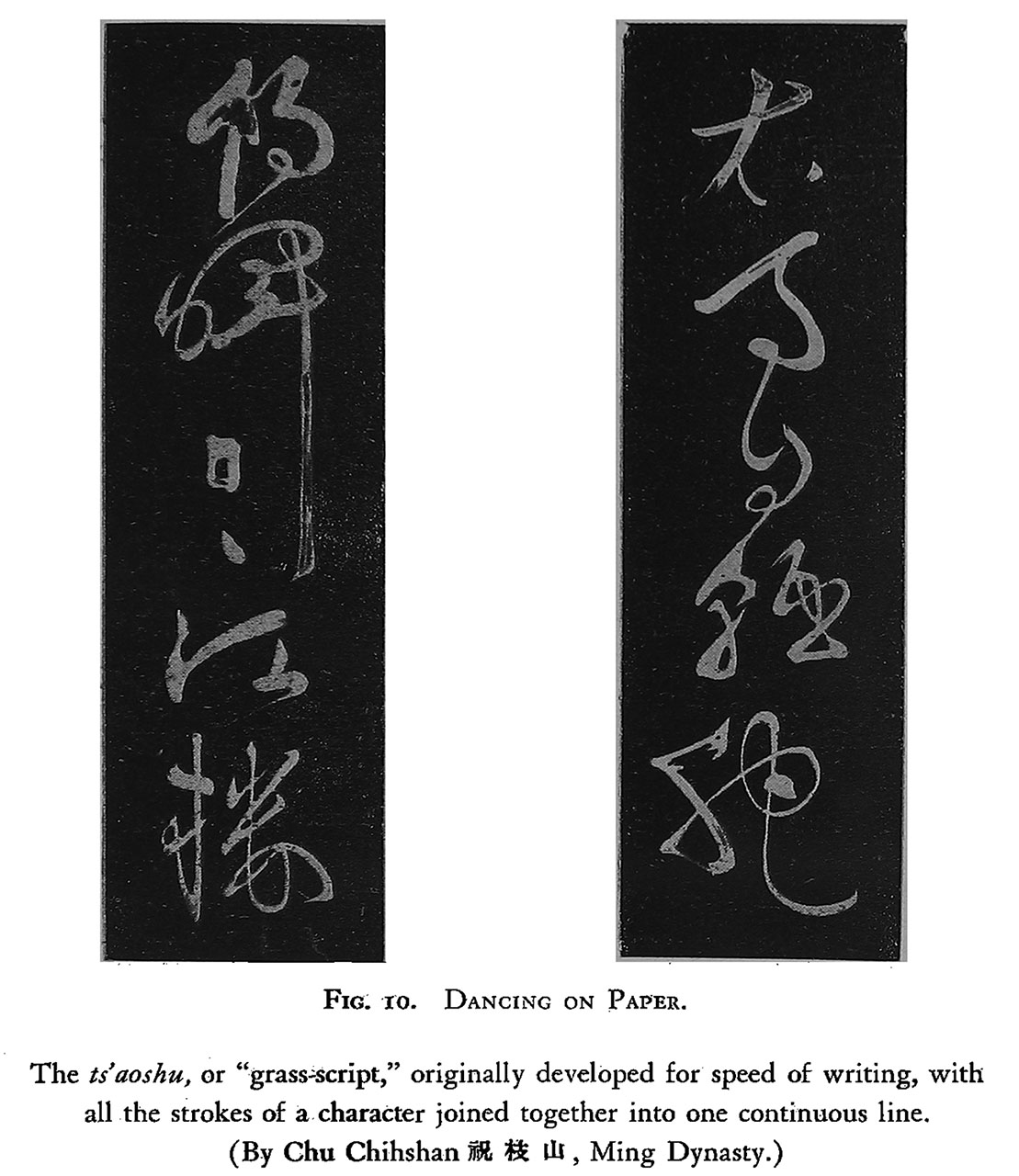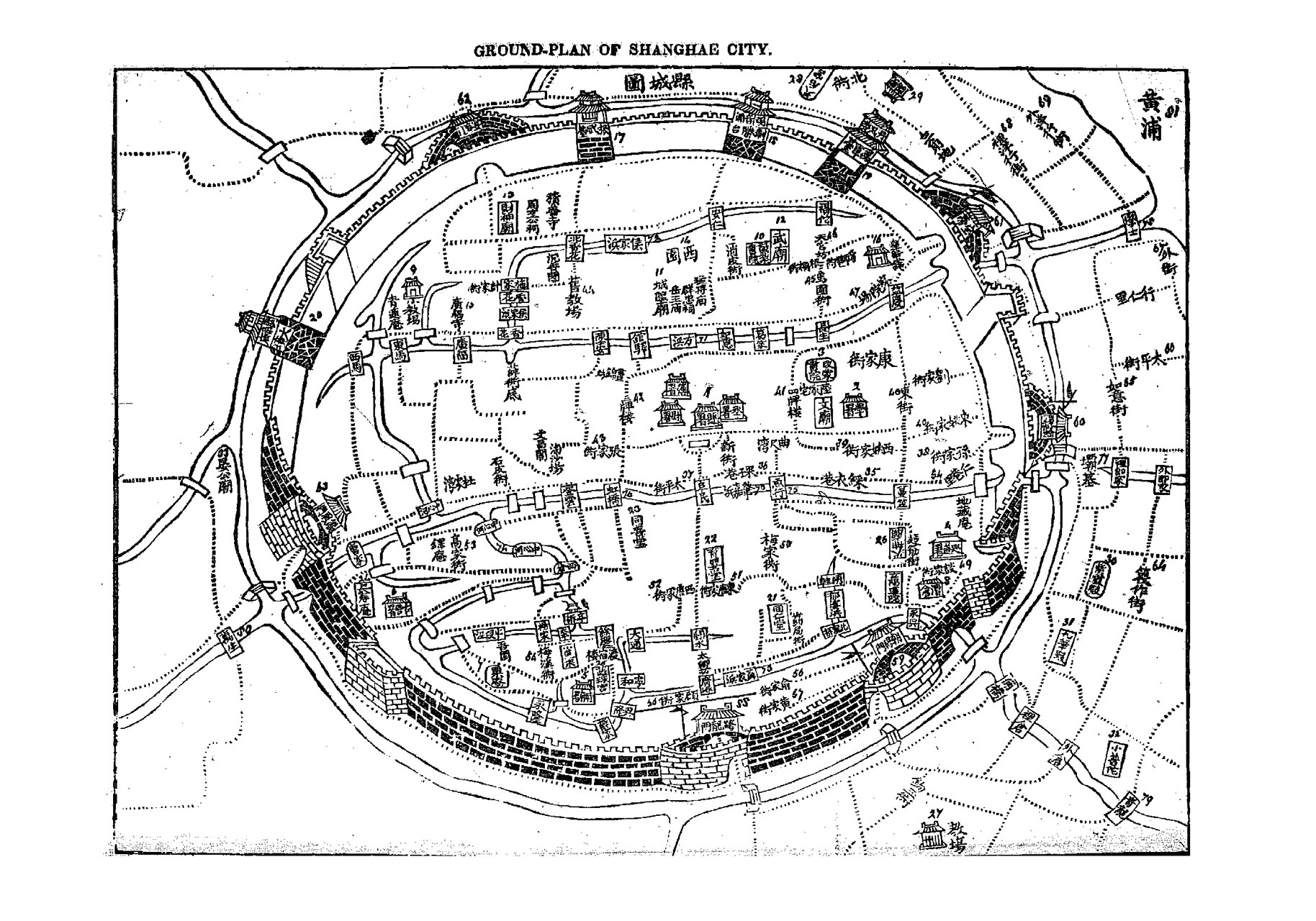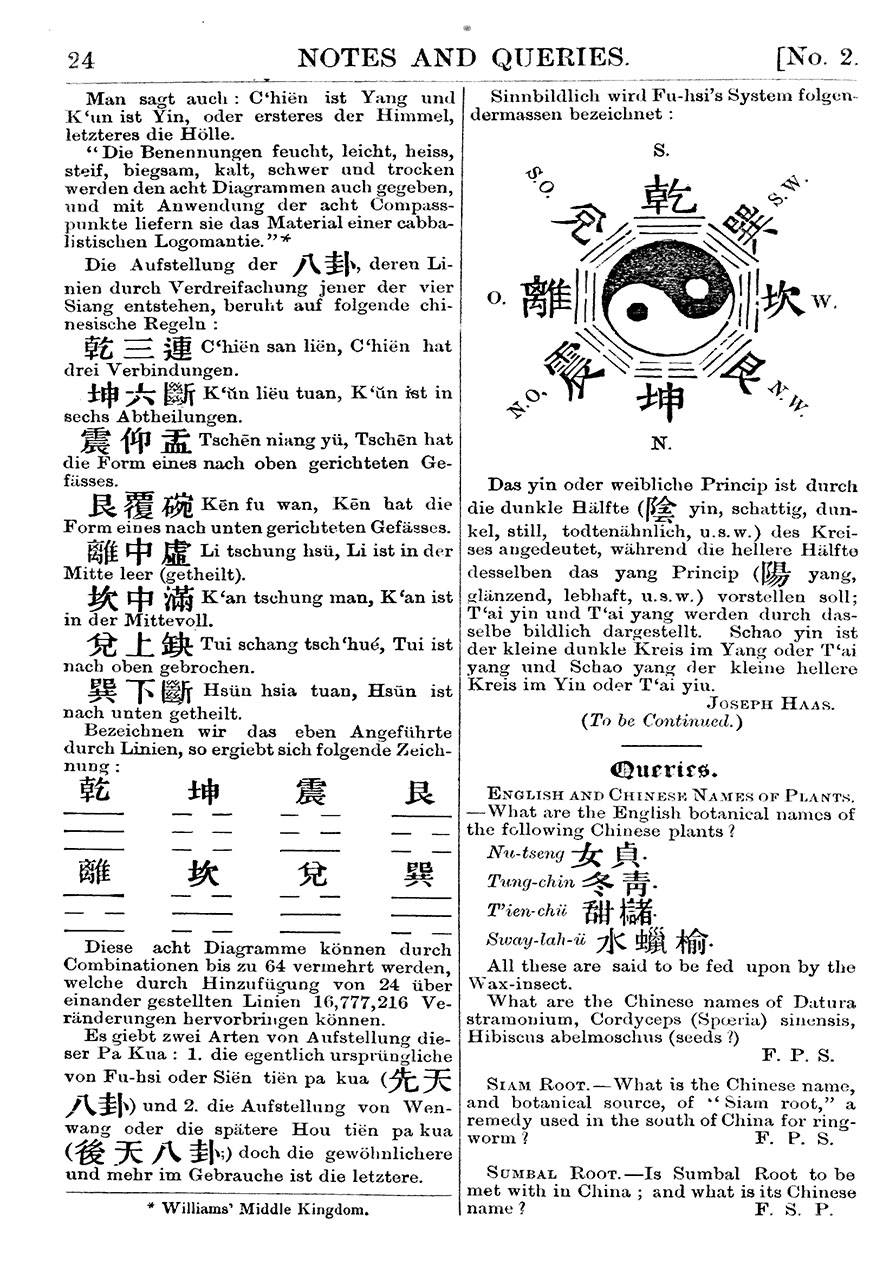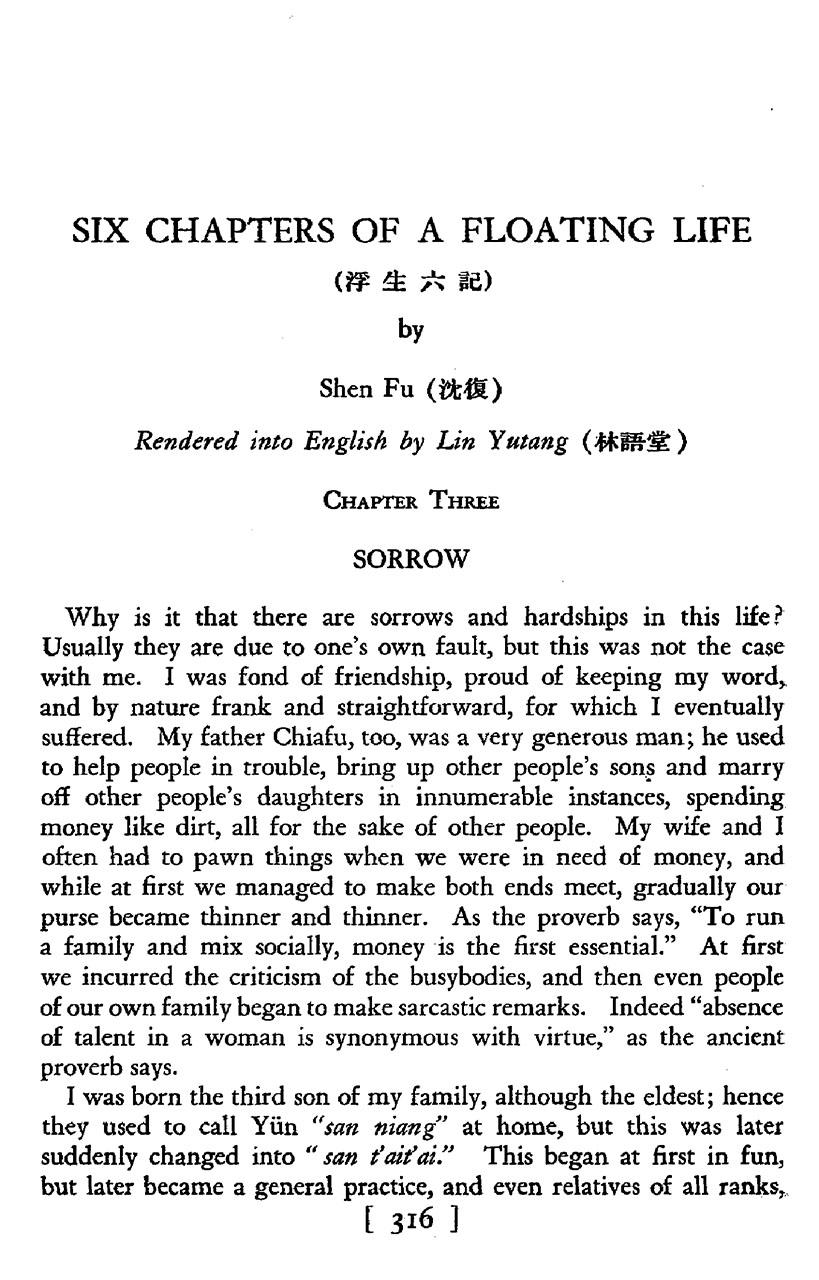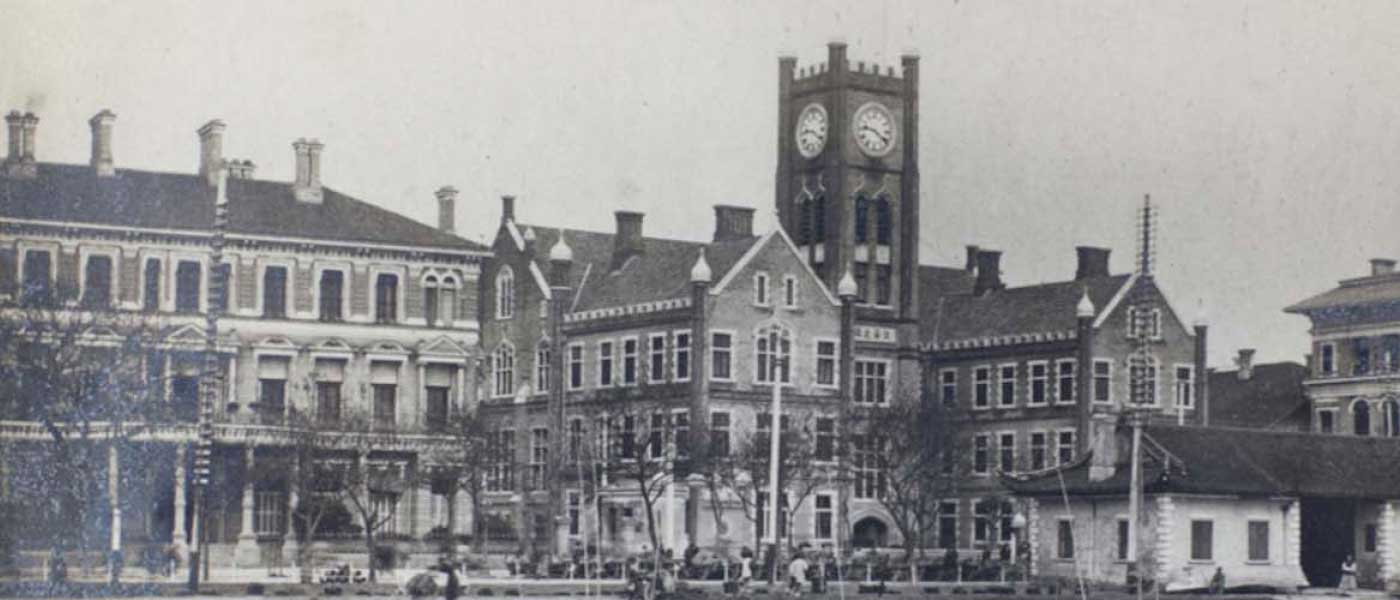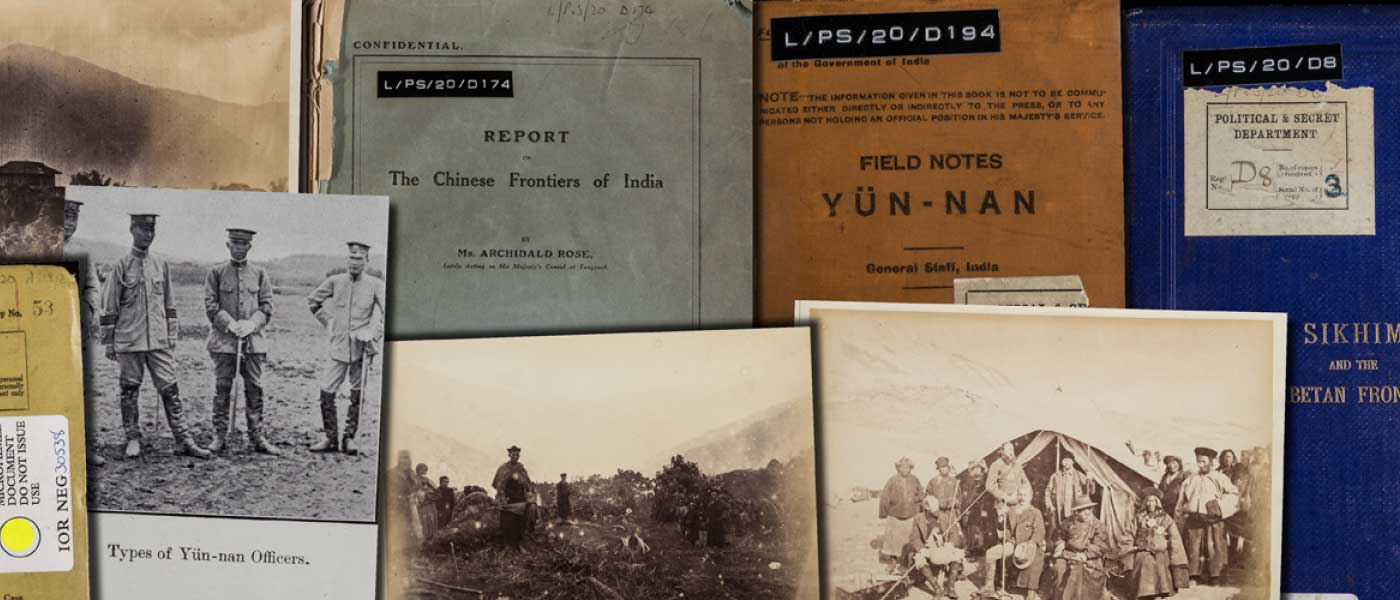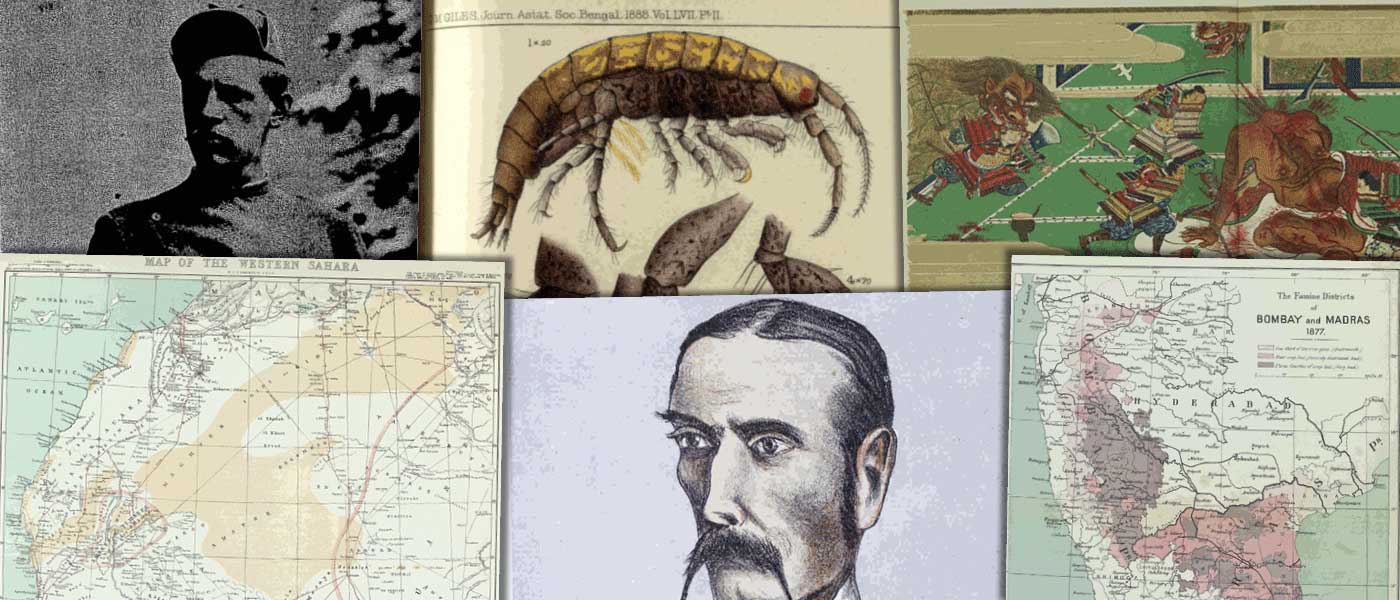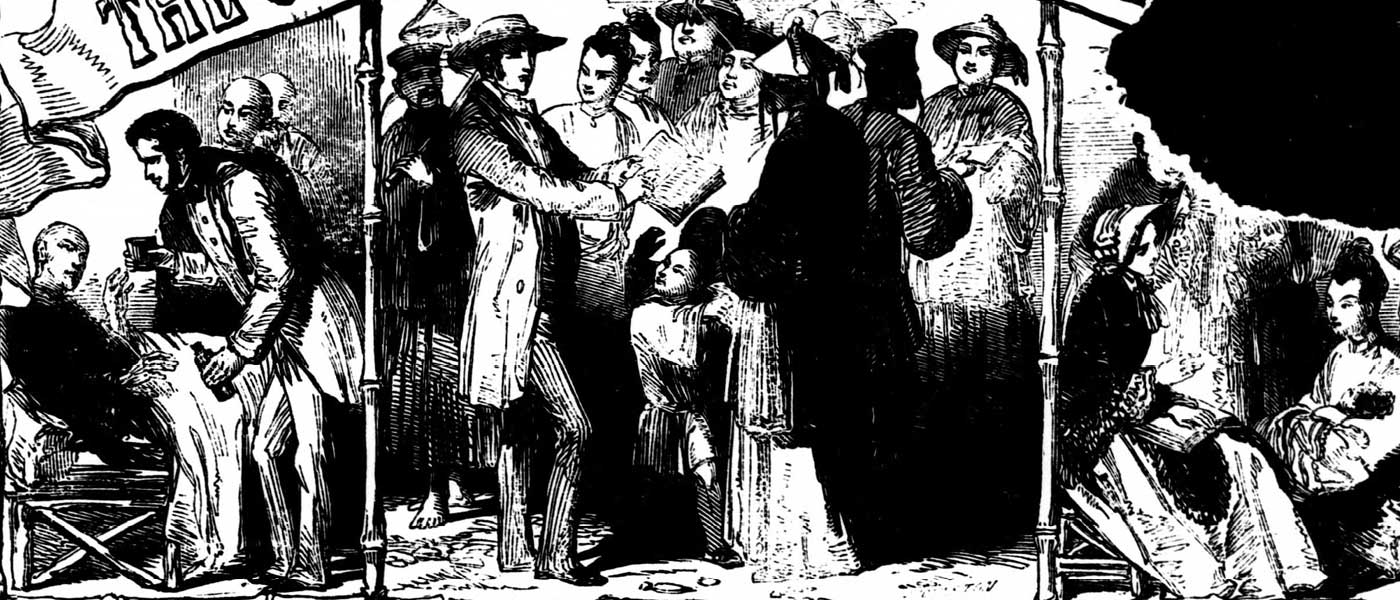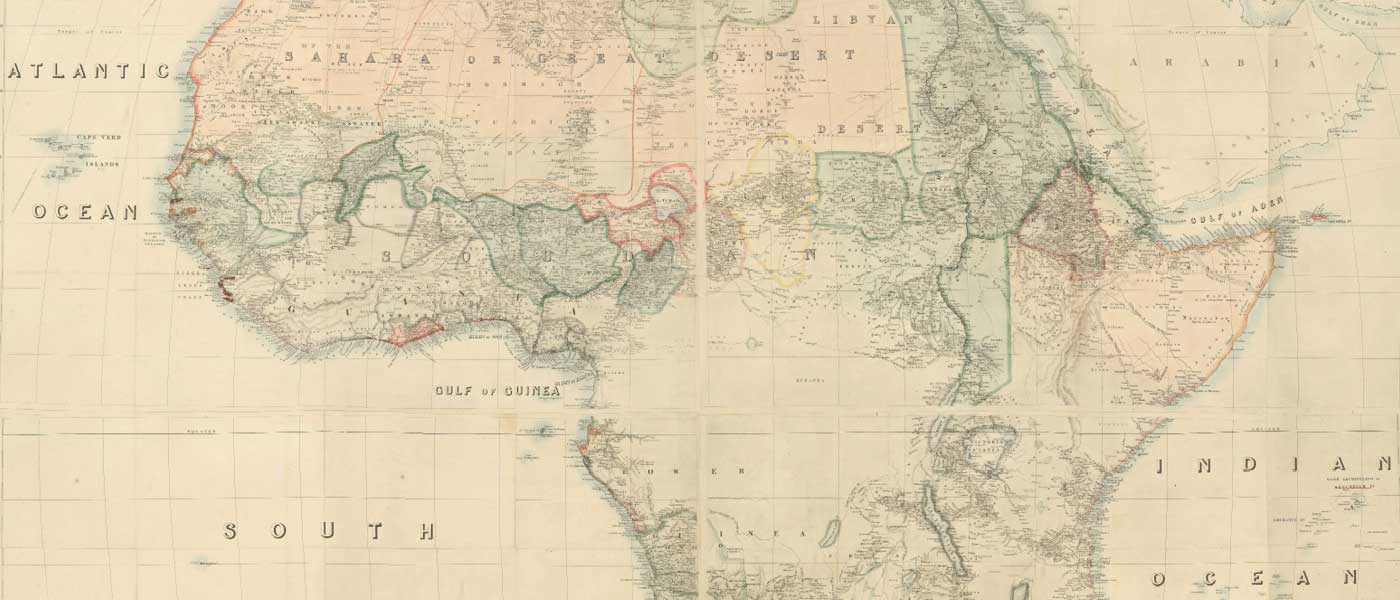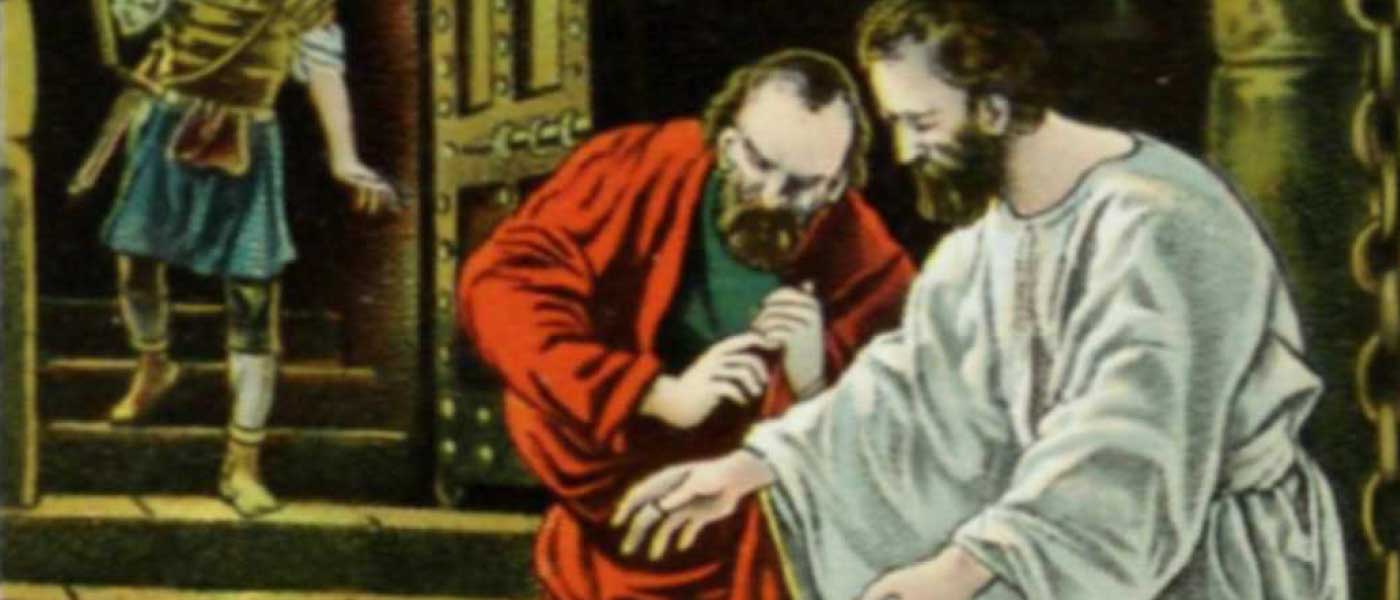Broaden your research with the first large full-text and cross-searchable digital collection of English-language periodicals written in or about China during the nineteenth and twentieth centuries.
China in the Modern World: Missionary, Sinology and Literary Periodicals is a collection of seventeen English-language periodicals published in or about China during a period of over 130 years extending from 1817 until 1949, when the People’s Republic of China was founded. This corresponds to the periods of the late Qing Dynasty and the Republican Era (1911-1949), when China experienced radical and often traumatic transformations from an inward-looking imperial dynasty into a globally engaged republic with modern approaches to politics, literature, education, public morality, and intellectual life.
Set within the context of such major historical events as the Opium Wars, the Taiping Rebellion, the Boxer Rebellion, the Revolution of 1911, the second Sino-Japanese War, and the Chinese Civil War, these periodicals illuminate the thoughts of Chinese intellectuals and Westerners, mainly missionaries, about China – and, more importantly, their efforts to understand and study Chinese history, culture, language, and literature.
The periodicals contained in this collection include:
- Missionary journals, as represented by the Chinese Recorder and the West China Missionary News, two of the most famous missionary periodicals published in China before 1949.
- Journals of sinology, including the pioneering China Review and its sequel, the New China Review. Many renowned sinologists of the late nineteenth and early twentieth centuries, such as James Legge and Herbert Giles, contributed articles to these journals.
- Academic and literary journals, such as the Bulletin of the Catholic University of Peking, the Yenching Journal of Social Studies, the China Critic, and T’ien Hsia Monthly. These literary journals were established and run by Chinese scholars and writers educated in the West.
Some specific examples include:
The Chinese Recorder (教務雜誌, 1867–1941) was produced by the Protestant missionary community in China and enjoyed a run of seventy-two years, longer than any other English-language publication in that country. The complete set of the journal, along with its predecessor, the Missionary Recorder, is available in this collection. The journal is regarded today as one of the most valuable sources for studying the missionary movement in China and its influence on Western relations with and perceptions of the Far East.
The West China Missionary News (華西教會新聞, 1899–1943) was established and published in Sichuan, China, by the West China Missionary News Publication Committee. The journal aimed to enhance communication among missionaries based in western China and published many articles on the missionary activities in the region.
The China Review: or Notes and Queries on the Far East (中國評論, 1872–1901) was arguably the first major Western sinology journal; many of the renowned sinologists of the nineteenth century contributed articles, including James Legge, Herbert A. Giles, Joseph Edkins, John Chalmers, Ernst Faber, Edward L. Oxenham, W. F. Mayers, Alexander Wylie, Edward Harper Parker, and Frederic Henry Balfour.
Bulletin of the Catholic University of Peking (輔仁英文學志, 1926–1934) was founded in September 1926 and published a total of nine volumes. Each volume contains articles on the university’s developments and achievements, as well as sections devoted to the study of Chinese culture. It ceased publication in November 1934 and gave way to a purely academic journal titled Monumenta Serica.
T’ien Hsia Monthly (天下月刊, 1935–1941) was published under the auspices of the Sun Yat-sen Institute for the Advancement of Culture and Education. Editors included John C. H. Wu, Wen Yuan-ning, Lin Yu-tang, and others. This cultural and literary journal was dedicated to introducing and interpreting Chinese literature and art for the West and promoting understanding between East and West.
The China Critic (中國評論週報, 1928–1946) was a weekly founded on 31 May 1928 by a group of Chinese intellectuals who had studied in the United States. Despite the editors’ avowed preference for “nonpolitical” discourse, The Critic’s editorials and articles frequently discussed the presence of imperialism in Shanghai, debated the abolition of extraterritoriality, and advocated equal access to public facilities in the concessions. The editors also participated in wider-ranging discussions about urban affairs.

Gale Primary Sources | Gale Review Blog
Archives Explored | Gale Digital Scholar Lab | Sign up for Updates

Look Inside
Additional Details
subjects covered
- Chinese Studies
- Japanese Studies
- South & Southeast Asian Studies
- Religion & Philosophy
Platform Features & Tools
Term Frequency
Researchers can see the frequency of search terms within sets of content to begin identifying central themes and assessing how individuals, events, and ideas interact and develop over time.
Topic Finder
By grouping commonly occurring themes, this tool reveals hidden connections within search terms—helping to shape research by integrating diverse content with relevant information.
Cross-Search Capability
Search across the content of complementary primary source products in one intuitive environment, enabling innovative new research connections.


